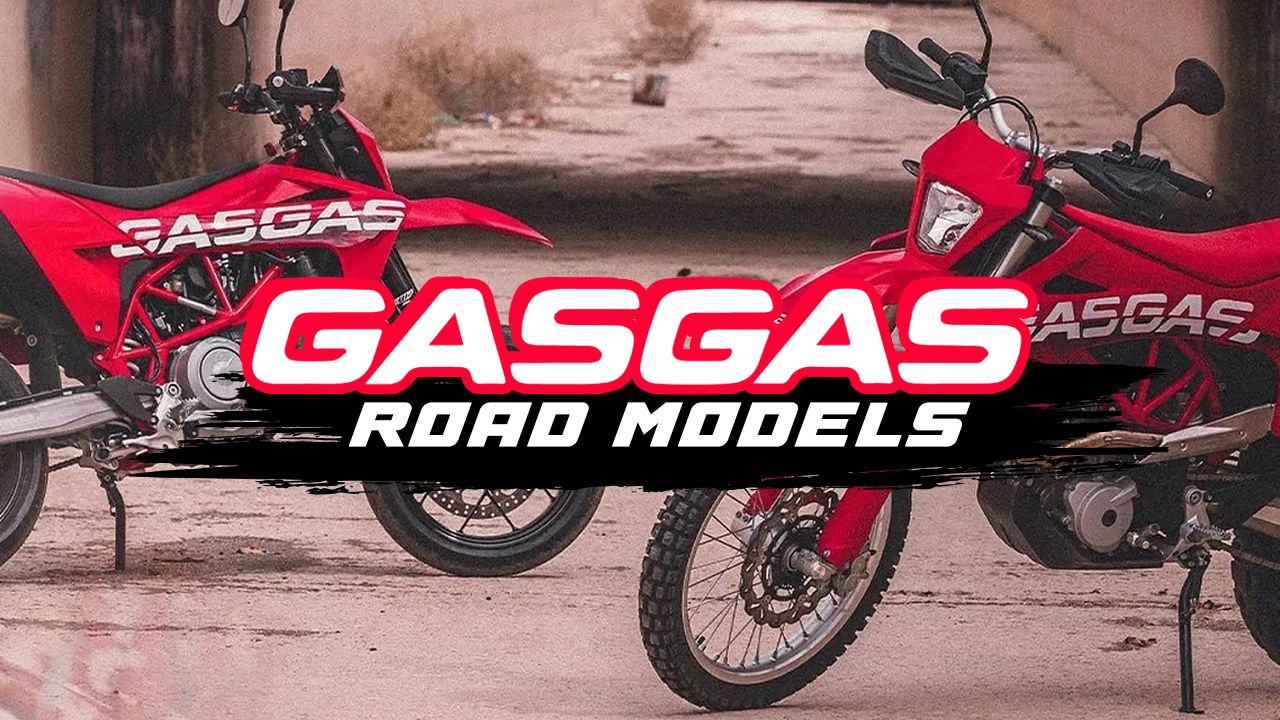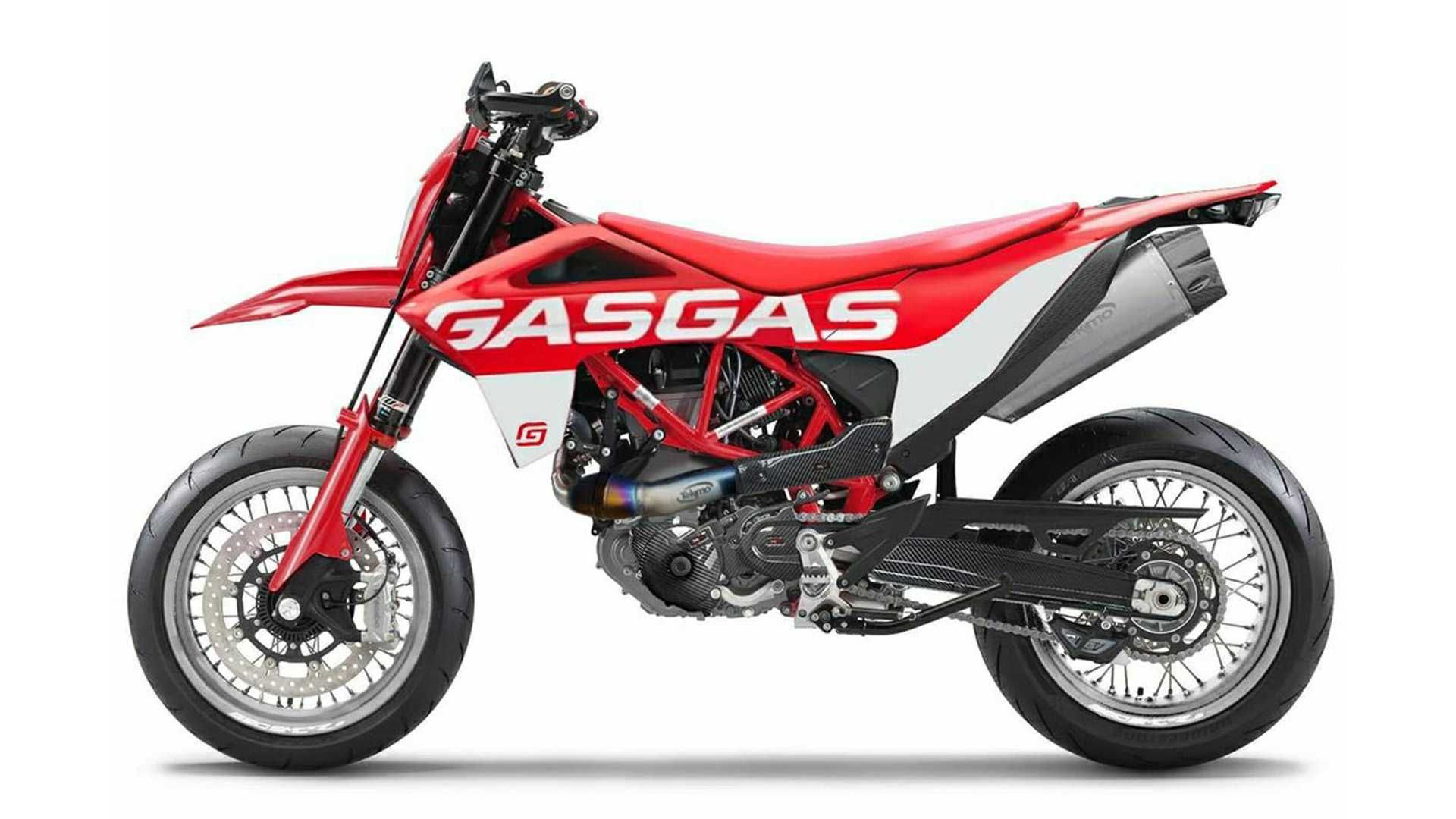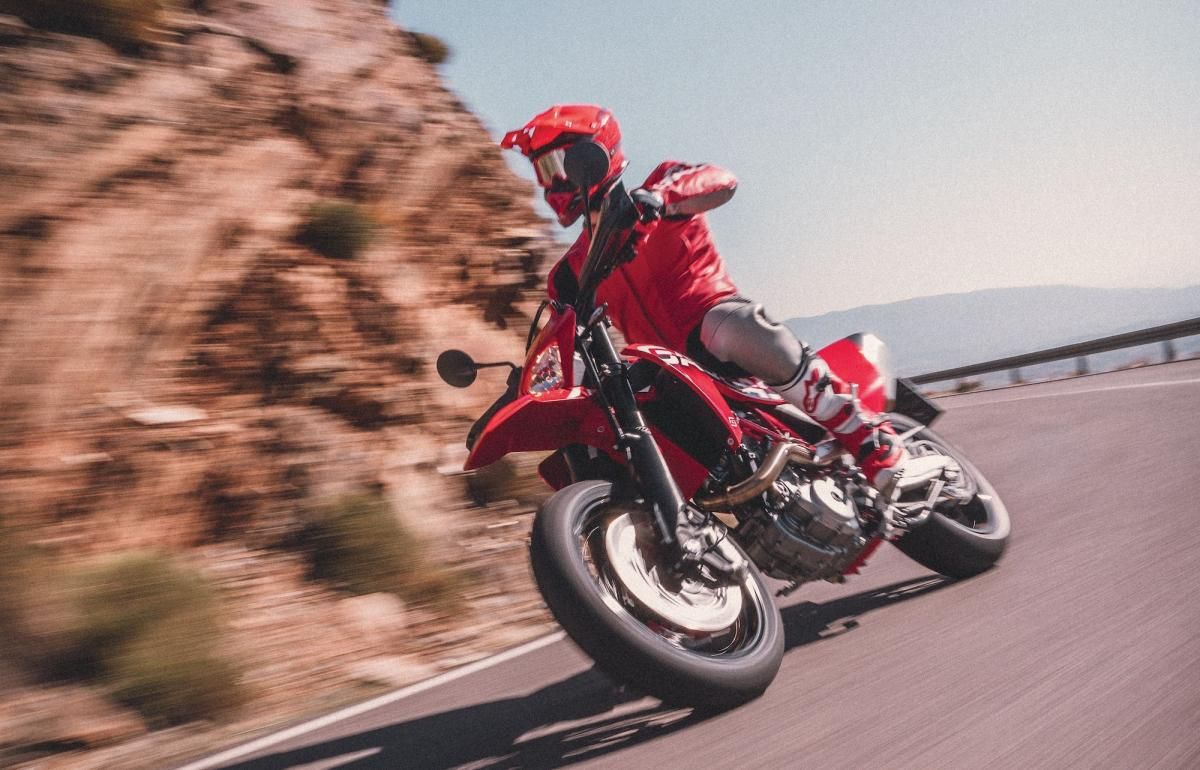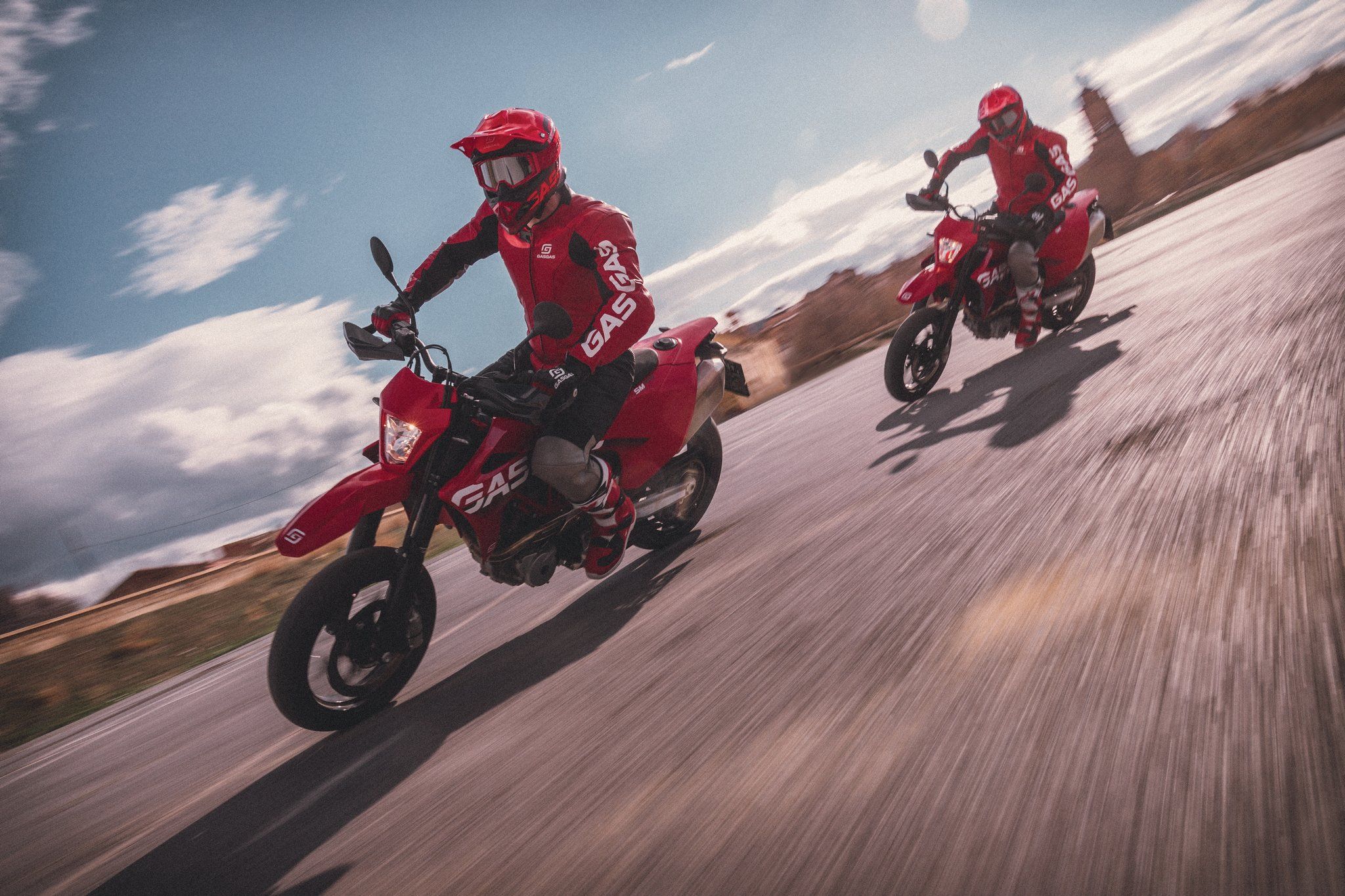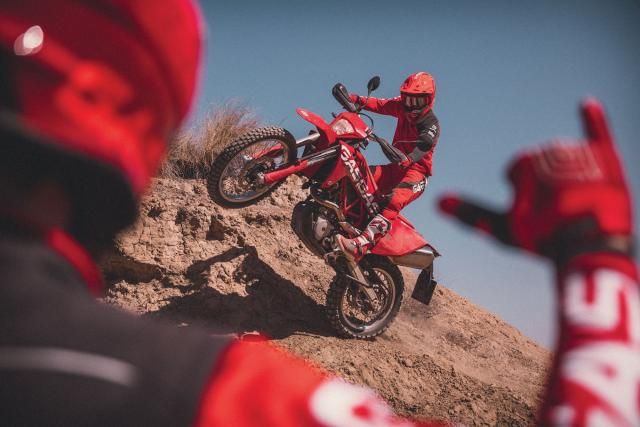Up to - and after - its purchase by the Pierer Mobility Group - owner of KTM and Husqvarna - GasGas was solely an off-road brand. Now, further badge-engineering of KTM models brings us the first-ever GasGas road-legal models.
GasGas Road Models Launched
The Pierer Mobility group produces a bewildering range of motorcycles via its three brands, KTM, Husqvarna and GasGas. While it could be argued that the Huskies and GasGas models are mere badge-engineered versions of KTM models, the group clearly considers this tactic in no way detrimental to sales of models of any of the three brands.
GasGas was founded in 1985 by Narcìs Casas and Josep Pibernat in Salt, Girona, Spain, who were agents for Bultaco motorcycles from 1973 up to the demise of the brand in 1979. The pair then started importing SWM machines from Italy until that company ceased trading in 1984. A year later, GasGas was born, specialising in Supermoto, Enduro and Trail motorcycles.
In 2019, KTM bought GasGas and started production of badge-engineered KTM models, again for MX and enduro, while the brand appeared on the Moto3 and Moto2 grids, alongside KTM and Husqvarna. There is even talk of KTM entering a third team in MotoGP, branding it as GasGas. At the beginning of 2022, Sam Sunderland rode a GasGas to victory in the Dakar Rally.
Up to now, GasGas has remained an off-road brand but now that is all about to change, with the introduction of the ES700 and SM700 street legal models, the first in its 37-year history.
As expected, the two models are spin-offs from the KTM 690SMC platform, the same platform that the Husqvarna 701 Supermoto and Enduro bikes are hewn from. It appears that the only difference between the GasGas, Husqvarna and KTM models is the paint job, the GasGas models being painted a bold red livery with white decals.
KTM’s large bore 692cc single cylinder engine is used, producing a healthy 74bhp and utilising ‘state of the art’ electronics and driving through a quick-shift, six-speed gearbox. The electronics include lean-sensitive traction control and ABS and, on the SM700, a Supermoto mode that gives a more aggressive throttle as well as less intrusive TC for wheelies and drifting into turns. WP suspension is fitted, fully adjustable at both ends.
At the time of the purchase in 2019, leaked documents showed that KTM had big plans for the brand, which included more badge-engineered KTM models, specifically the 390/890 Adventure range, with the GasGas versions perhaps being more biased towards off-road than the KTM stablemates.
The SM weighs in at 148.5kg without fuel and has a seat height of 898mm while the ES perch sits at 935mm and tops the scales at 147.5kg.
Is there room for a second set of KTM-based motorcycles that are virtually identical to each other and only distinguishable by their styling and colour schemes? We have to think that the Pierer Group knows what it’s doing and that the path they have mapped out for its future does not include one brand stealing sales from the other two. Maybe they figure there are some people in the world who will not buy a KTM no matter what, so are determined to separate them from their dollars/Euros/Pounds, etc, any way they can.
It’s a strategy that seems to be working so far but only the next few years will tell.

